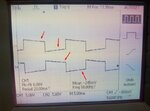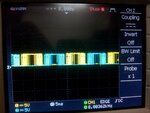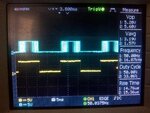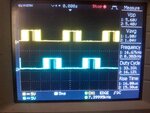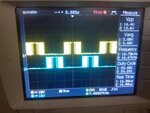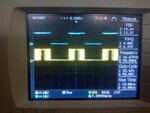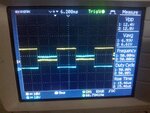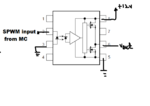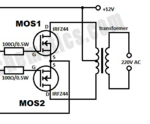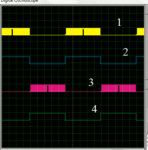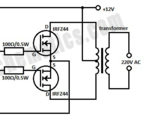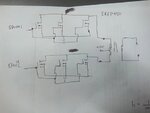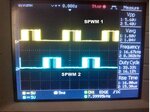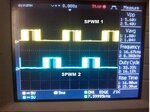Hunain_Shuja
Junior Member level 1
Hi,
I'm generating SPWM using PIC16F684 microcontroller for inverter circuit . I followed Tahmid's blog and using his code to get SPWM output. I have simulated the design on Proteus i got the similar output as his, but when i build this design on hardware i didn't get similar output, i used the same steps as in proteus. The Spwm is not in proper shape . I'm attaching my results kindly tell me what is the issue in it?
.Using 16Mhz crystal with microcontroller
.5V DC Supply
.Taking output from pins 5,6,7,8
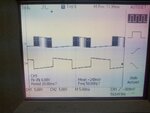
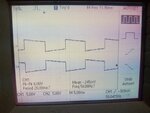
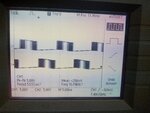
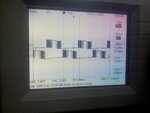
I'm generating SPWM using PIC16F684 microcontroller for inverter circuit . I followed Tahmid's blog and using his code to get SPWM output. I have simulated the design on Proteus i got the similar output as his, but when i build this design on hardware i didn't get similar output, i used the same steps as in proteus. The Spwm is not in proper shape . I'm attaching my results kindly tell me what is the issue in it?
.Using 16Mhz crystal with microcontroller
.5V DC Supply
.Taking output from pins 5,6,7,8




Last edited:

